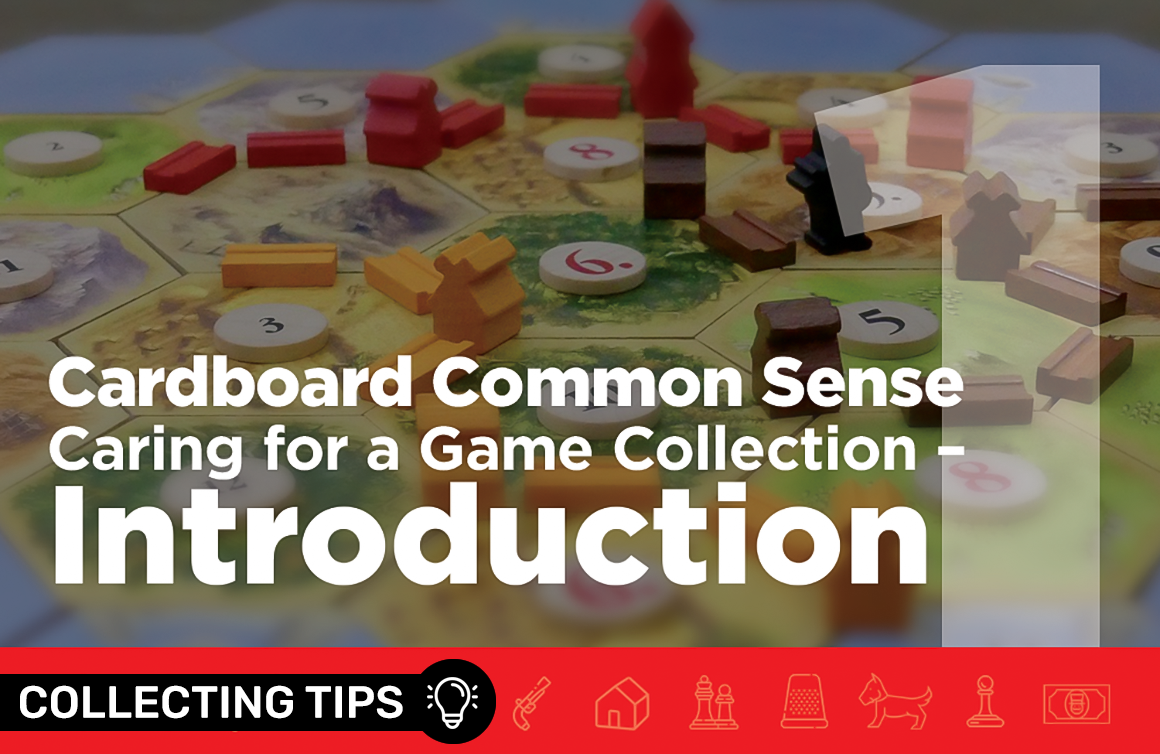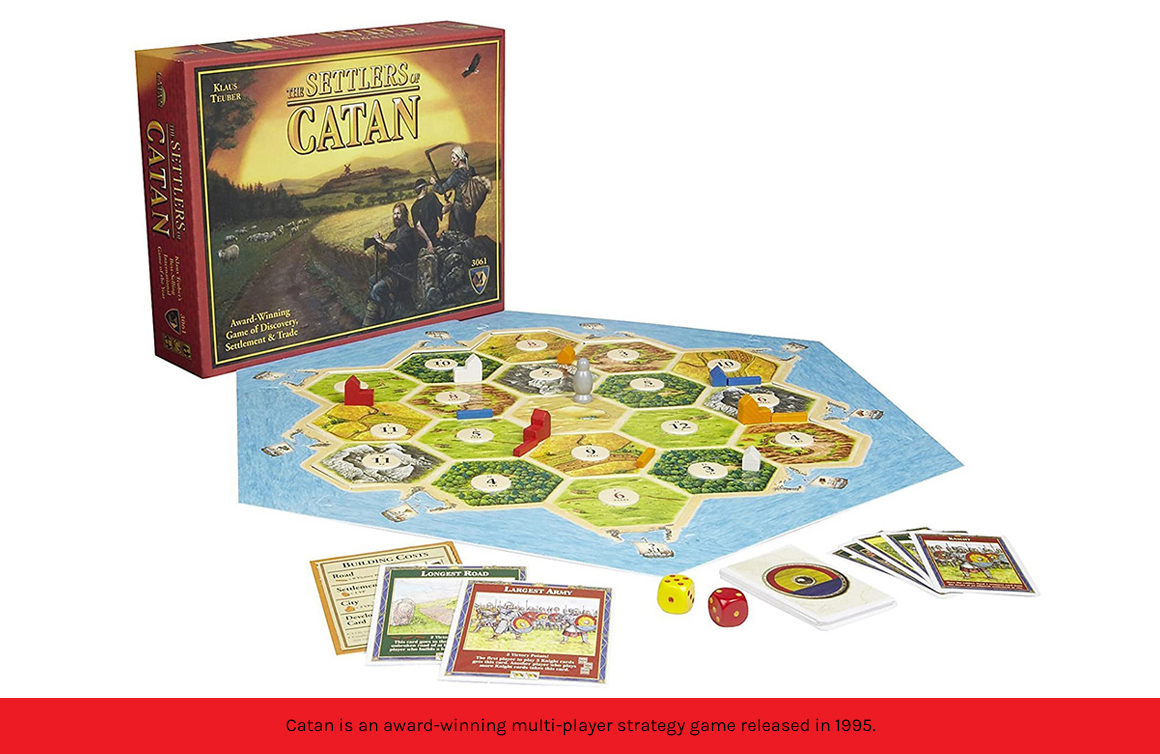Do you play board games? Especially in these times, it seems more people enjoy pulling out a game and sitting down with friends and family to renew acquaintance and play, laugh, and compete. Playing table games (board and card games) strengthens our bonds of friendship. When we play together, we learn more about each other—whether we slide into blissful victory or we grudgingly admit defeat. But if you like games, how many do you have? Would you call yourself a collector? And how do you store them, to keep them as fresh as possible—and ready for the next game? This post serves as an introduction to some of the most basic rules for caring for and storing games—and any paper-based plaything.
In this series of posts, I cover three main areas to consider when handling, playing, and storing paper-based games. Because, historically and even today, most table games have paper components, whether they are printed glossy paper game boards glued to cloth-like cardboard, or simple Cards Against Humanity made of common paper cardstock, stored in a cardboard box. Sure, there are plenty of plastic pawns. And, historically, you’ll find both rubber and metal playing pieces—and cardboard counters, of course. But store paper properly and these accessories will stay healthy too. The first topic covered is the environment in which you store your games. Nothing affects paper more than extremes of temperature, humidity, and that evil source of cosmic rays—sunlight.
Second, we will discuss the proper handling of games and their components. It may seem simple, and I’m sure that most of you are extremely careful when pulling out the game, opening the box, and distributing the pieces. Nonetheless, there are some basic ways to think about handling the plaything in front of you that will help keep it looking and playing well. Are you eating greasy chips with those hands? Is your beer or soda too close to your elbow when you raise your arms in victory? Is the baby in your carrier spitting up? Think about it!
Finally, whether you have only three games or 3000 plus—where do you keep them? Do you stuff them into a closet located over the furnace and under the bathroom? Are the box covers warping and splitting under too many copies of notoriously heavy games stashed on top? Are you compulsively keeping an original RPG book from 1981 in shrink? Or are they “safely” loaded into beautiful raw pine shelves opposite a west-facing window? Say goodbye to bright colors and legible print.
Don’t be discouraged—it isn’t brain surgery. There are just a few simple ways to keep these increasingly expensive playthings safe for as long as may be possible. I’ll go into more detail as we progress but keep in mind that a little common sense will help. There are lots of easy ways to care for games and help them live long healthy lives so that they can continue to entertain us, bolster our friendships, and encourage us to trade back and forth and settle in Catan. Game on!


